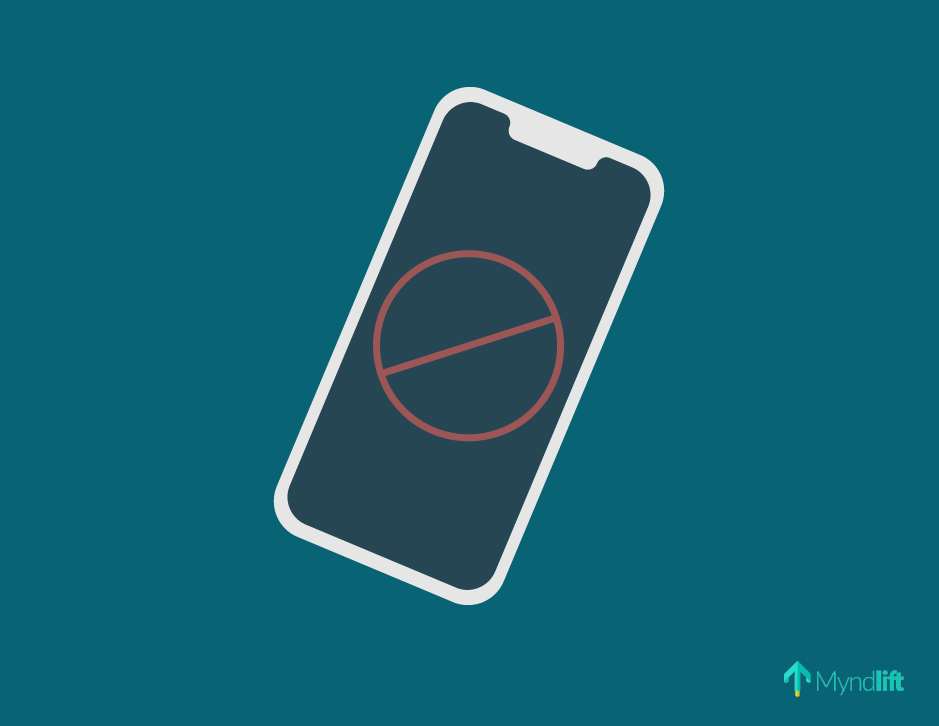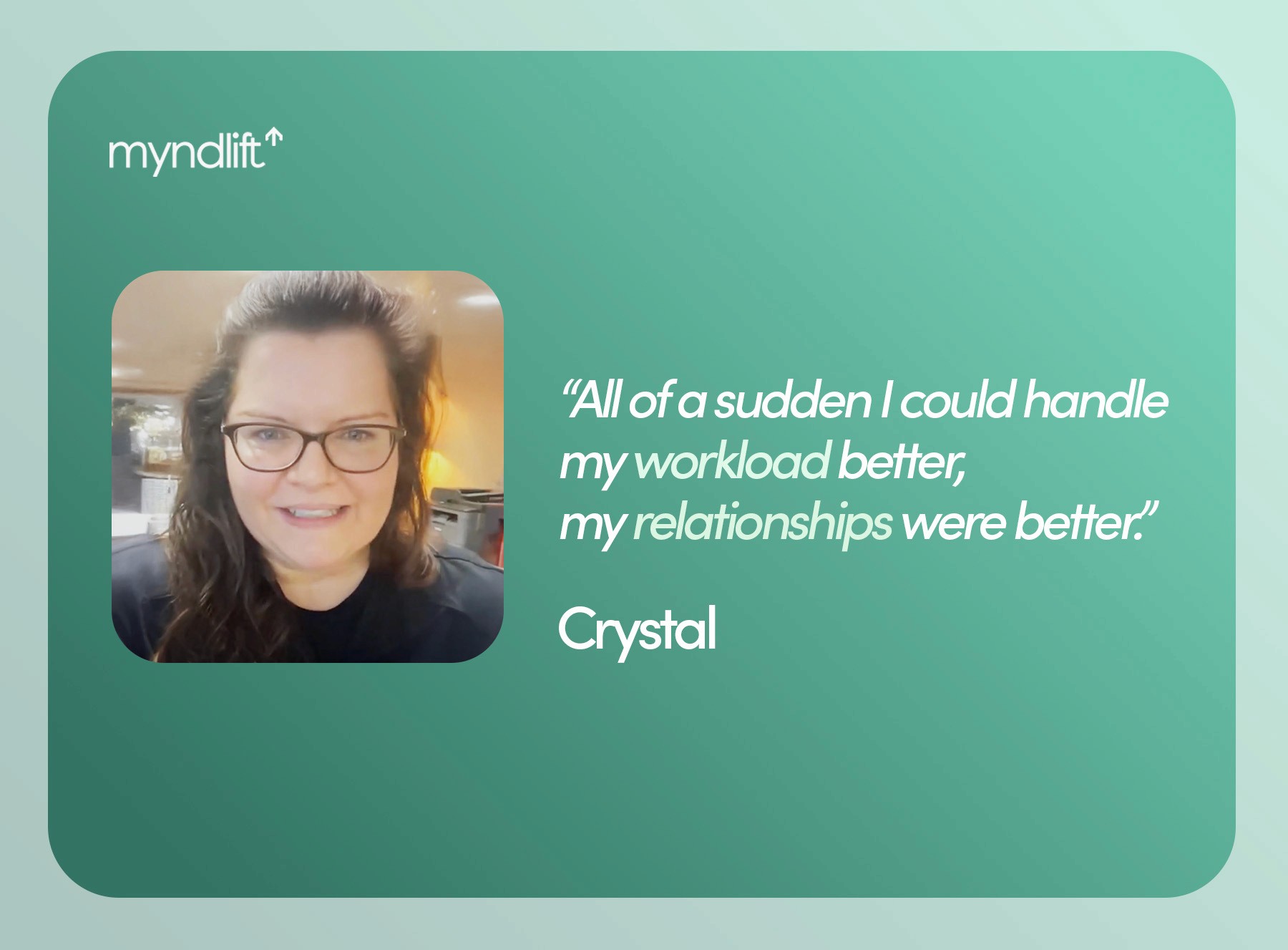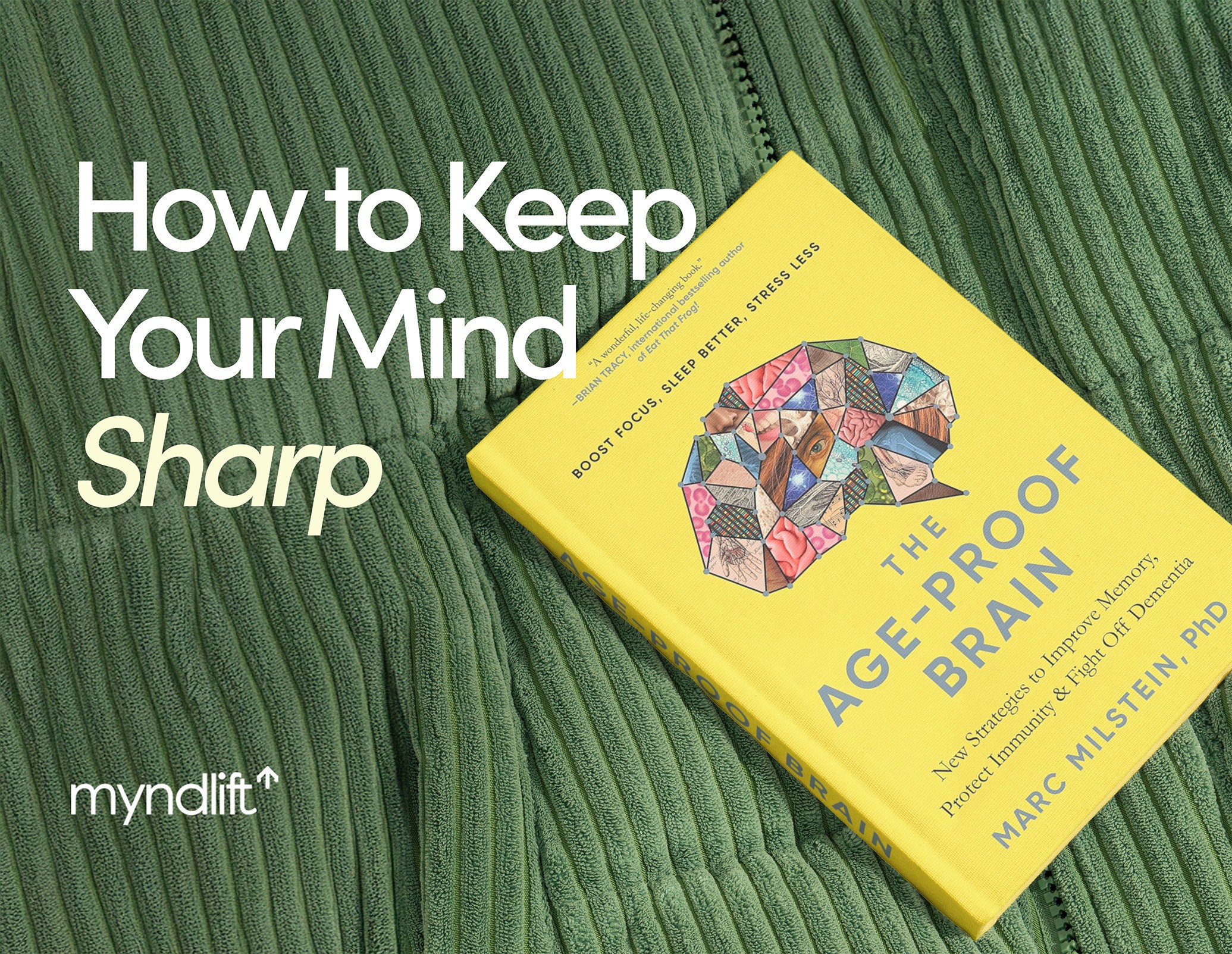These days, technology is inevitable, especially when you spend eight hours a day facing your computer screen! But even so, the mere thought of missing out on a notification makes you break out in a cold sweat. And that might be a sign that it’s time for a digital detox.
Now before you panic, a digital detox does not mean giving up the digital world altogether. It simply means you’re planning to set boundaries in order to ensure that you are using your devices in a way that benefits, rather than harms, your mental, emotional, and physical health.
Spending time away from screens allows your mind to restore its natural rhythm and take a break from the constant sensory exposure that your screen offers. It can even enhance your productivity and provide you with a genuine opportunity to feel more relaxed. And no, you don't have to live off-the-grid forever – because even a small break from technology can help your brain relax and recharge!
Do I Really Need a Digital Detox?
One might be quick to assume that the only people who need to unplug are those that are addicted to technology. But the reality is that anyone can benefit from disconnecting. Nonetheless, here are some clear warning signs that you might need a digital detox:
You constantly check your smartphone throughout the day (even when it's not necessary).
You're afraid that you'll miss something if you don't keep checking your device.
You feel upset, anxious, or angry after spending time on social media.
You have trouble concentrating on one thing without having to check your phone.
You often find yourself staying up late or getting up early to spend time on your phone.
You make careless mistakes because you're always distracted.
You struggle to have face-to-face conversations.
You don't spend time outdoors.
You aren't sleeping well.
If you find that some of these statements apply to you, there are a few simple, yet effective, things you can do to recalibrate and find the balance between using technology when it serves you, without abusing it.
Step 1: Identify Certain Behavior
The first step in a digital detox is identifying how much time you spend online and what you want to do instead.
Try noticing when you practice the habit of picking up your phone. Is it when you feel bored? Or when you’re stressed out? Maybe it's when you're missing out on something? Or perhaps this habit plays out at a specific time of the day?
Identifying these moments can make you more aware of what you're doing rather than cause you to fall victim to engaging in an involuntary habit.
And once you make a list of when you're most likely to pick up your phone, try to consciously replace that habit with a healthier habit you’re trying to do more of. For instance, you can try replacing it with journaling, doing a few stretches, picking up a book, or just closing your eyes and letting your mind wander.
Step 2: Set Boundaries
It's not that we're using screens that's the problem; it's that we're using them without any limits.
The simplest boundaries you can set are related to time and place. Consider where in your space you can do without screens or where you can limit your interaction with them. Then you can begin setting boundaries.
For example:
In the morning: Switch out your phone with an old school alarm clock! Having easy access to your phone or tablet in the place where you sleep can wreak havoc on your sleep schedule, since you may find yourself endlessly scrolling as soon as you wake up. Once the accessibility of a screen is taken out of the equation, your sleep schedule will improve, leaving you more rested and energetic.
During work hours: Turn off distracting notifications during work hours. Check your messages at designated times throughout the day, like once every other hour. Maybe try setting up screen time limits on your phone or downloading productivity apps.
When work stops and play begins: Try switching devices off at 10 PM and setting a schedule where you’re not allowed to check emails, for example, after 7 PM, and before 8 AM.
In the evening: Go to sleep without your phone by your bedside or without it even being in the same room. You’re trying to rest your mind after a long day, so the last thing you want to do is stimulate your mind and be more alert.
You could also do a digital vacation and avoid logging on for hours or even days! It might sound challenging, but for many people, this experience is extremely rewarding.
So, are you up for a challenge? Choose your digital vacation level:
Easy: Schedule a screen-free day once a week.
Intermediate: Don't use your phone or computer for 24 hours.
Difficult: Avoid your phone and computer the entire weekend and spend 48 hours offline!
Step 3: Unhook Yourself
Perhaps you’ve experienced situations where you promise you won’t touch it for at least the next hour, but continue to pick it up and scroll through it without realizing what you’re doing. Maybe it’s because you heard a notification go off or you’re itching to see if so-and-so is posting updates from their vacation on Instagram. For these types of situations, it’s best to ditch the hooks altogether. You can:
Turn off notifications for emails, social media, and instant messaging apps. By turning off your push notifications, you’ll still have the chance to check your emails and messages, but only when you actively choose to do so. This means you log onto these platforms with purpose, thereby allowing yourself to be more focused on what you intend to do.
Stick to using web versions instead of mobile apps for social media, so as to make logging on and mindlessly scrolling through your newsfeed less accessible. Delete those apps off your phone and watch the amount of time you spend on these platforms decrease.
Turn off Slack notifications to be for certain hours of the day. For example, you can automate it so they’re deactivated between the hours when you typically leave the office and when you arrive, as well as during the weekend.
Now, let’s say you deactivate your notifications, but you need to go online to respond to a text or email. You respond to said text or email and then 20 minutes later, you somehow find yourself aimlessly scrolling through Instagram, Facebook, LinkedIn, etc. How do you prevent that from happening?
LinkedIn Feed Blocker: This tool hides your LinkedIn feed whenever you log on.
News Feed Eradicator: Like the LinkedIn Feed Blocker, this plugin hides your Facebook feed – the most addictive part of Facebook. No more jealousy-inducing vacation pictures! However, you can still check those comments and messages if you’ve got any.
Pause: This nifty plugin isn’t as extreme as the previous two, but it does challenge you to momentarily pause and reflect on whether you’re sure you want to visit that distracting site right now. This will give you the opportunity to make a mindful, calculated decision.
Mute: Did you know that you can mute people’s posts and stories on Instagram? Consider muting most – or all – of people’s stories and posts and only leaving the ones that you feel are important.
Other great tools for minimizing distractions:
Forest App: This wildly popular productivity tool encourages you to take a break from your phone screen. The longer you stay away, the more credits you earn. What do you do with those credits? You get the opportunity to plant real trees!
f.lux: This software adjusts your screen light temperature based on the time of day wherever you’re located. As it gets darker wherever you are, f.lux makes the temperature of your screen warmer. This means your brain won’t struggle to recognize when it’s time to get some sleep, as it normally does when it’s exposed to the standard blue light coming from a screen.
Step 4: Declutter Your Digital Home
Cleaning and reorganizing your home or workspace is the first step when you want to make way for new things or identify what serves you best and what you no longer use or need. You can apply that same concept to your “digital home” and clear out all of the things that are causing clutter. In other words, use the same decluttering techniques for your digital home screen as you do for your physical home by:
Going through all of the apps you haven't used in a while and uninstalling or deleting them.
Cleaning out your inbox by deleting, archiving, or filing all the emails that no longer need to be there.
Unsubscribing from email newsletters that keep cluttering up your inbox.
Decluttering your social media feed by unfollowing pages or people who no longer have a place in your life.
By conducting a digital home cleaning, you can reorganize your environment to make it less tempting. Additionally, looking at a more organized space decreases the amount of time you spend looking for the things you actually need and use and offers mental clarity.
Step 5: Ask the Right Questions
You hear the sound of a text or notification, and you can't resist interrupting whatever you're doing at the time to check your phone or computer to see what it’s about. Sounds oddly familiar, doesn’t it?
Let’s be honest – most notifications are really not that urgent, and a very small percentage actually require answers or attention on the spot. If it isn’t urgent, it can wait! Do whatever it was that you were doing before seeing that notification and, only once you’re able to, respond.
Whenever you find yourself reaching for your phone, ask yourself:
Do I need any critical information right now?
Does this message require an instant answer?
Is it mandatory to read the contents of this notification right now?
If the answer is no, then you can put your phone away and continue doing whatever it was you were doing.
Summary
A digital detox can be uncomfortable and stressful at times, especially in the beginning when you’re not used to spending time away from your screen. But once you get the hang of it and set some boundaries, it can be a rewarding experience that will help you better understand your relationship with your devices and allow you to be more present during other activities and experiences.
Sure, technology makes our lives more convenient, but that’s exactly the point – it exists to serve us, not the other way around. That’s why it’s important to use it without letting it have complete control. Don't be afraid to disconnect. It’ll be good for you!
About the author:
Dubravka Rebic
Dubravka Rebic puts a lot of time and energy into researching and writing in order to help create awareness and positive change in the mental health space. From poring over scientific studies to reading entire books in order to write a single content piece, she puts in the hard work to ensure her content is of the highest quality and provides maximum value.




